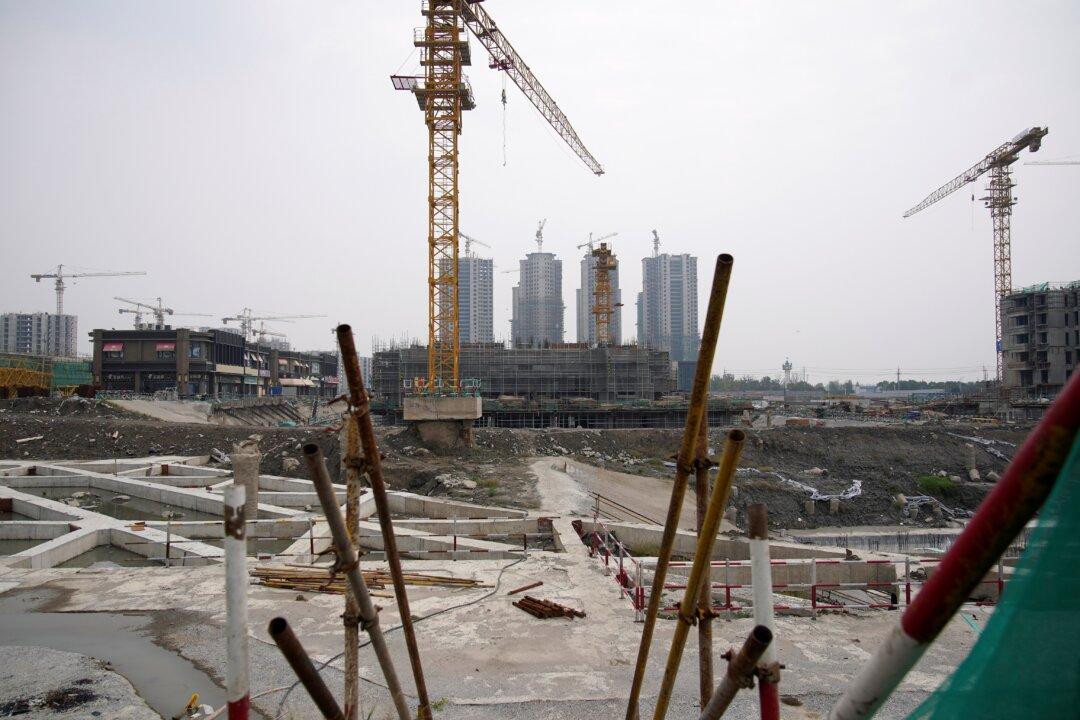News Analysis
Beijing has recently ordered local governments to accelerate the listing and issuance of real estate investment trusts (REITs) in the infrastructure sector, pledging to grant policy support.

Beijing has recently ordered local governments to accelerate the listing and issuance of real estate investment trusts (REITs) in the infrastructure sector, pledging to grant policy support.